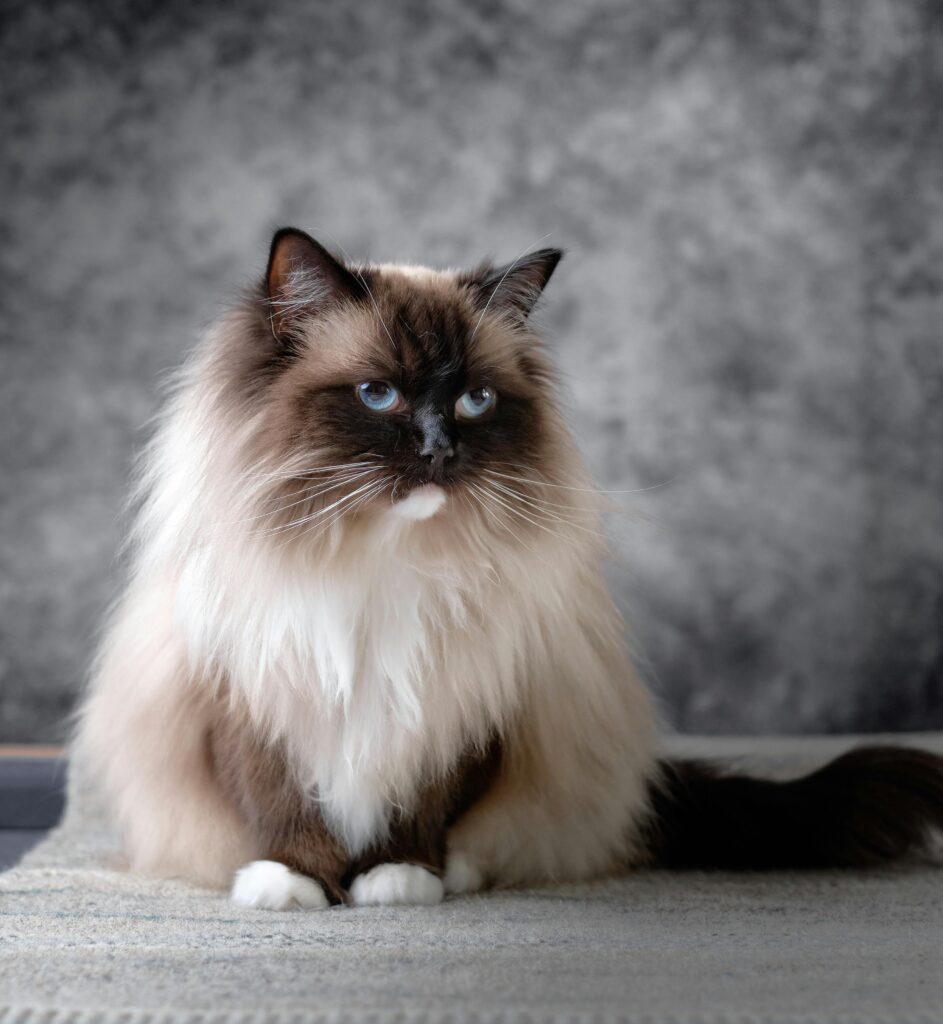
Ragdoll Cat Colors and Coat Patterns Explained
Introduction
Ragdoll cats have earned their place among the most admired modern breeds not only for their affectionate temperament but also for their striking appearance. Their appeal lies in the contrast between vivid blue eyes, a soft semi-long coat, and the wide spectrum of colors and patterns that define the breed. Many people encounter a ragdoll for the first time and are immediately drawn in by the harmony of elegance and strength in the coat.
The colors and markings are not random; they are the result of careful genetic selection and breed development. To truly appreciate ragdolls, it is worth understanding the history behind these colors, how the patterns are classified, and how the coat transforms from a white kitten into a fully developed adult cat.
Looking for a Ragdoll kitten? See our Ragdoll kitten page.
The Basics of Ragdoll Cat Color and Coat Pattern Genetics
The ragdoll is what breeders call a “pointed cat.” This means that the cooler areas of the body — the face, ears, legs, and tail — develop darker pigment, while the warmer central body remains a lighter shade. This fascinating phenomenon is caused by a temperature-sensitive gene, which is why ragdoll kittens are born entirely white. As they grow and their bodies regulate temperature, color gradually settles into the points. This process can take months or even years, with the most dramatic changes visible during the first year of life. For anyone new to the breed, it is a delight to watch the gradual unveiling of the pattern.
The standards for color are not left to chance. They have been described in detail by feline organizations that oversee and safeguard the integrity of cat breeds. Those interested in the most precise descriptions can consult the TICA Ragdoll Breed Standard, which lays out the exact criteria by which ragdolls are evaluated in shows and breeding programs.
The Main Ragdoll Colors
Ragdolls come in four primary colors that form the foundation of the breed’s appearance.
Seal is the richest and darkest of the accepted shades. The points appear almost black, yet under good light they reveal a depth of warm brown. Against the cream body, the contrast is dramatic and eye-catching, which is why seal remains one of the most popular and classic ragdoll colors.
Blue is the dilute of seal, which means the same genetic base has been softened to a cooler gray. Blue ragdolls are elegant in appearance, often giving the impression of a misty or silvery presence. Many people fall in love with blues for their balance between striking contrast and soft refinement.
Chocolate is lighter and warmer than seal. It has a milk-chocolate tone that brings warmth to the points, and it is less commonly seen in the general population of ragdolls. Those who favor chocolates often appreciate the gentle contrast and subtle charm of this shade.
Lilac is the dilute of chocolate, resulting in the rarest of the four. It is a soft, frosty lavender-gray that almost glows against the body coat. Lilac ragdolls are highly sought after not just for their rarity but for their ethereal beauty. When fully developed, they embody a delicacy and refinement that distinguishes them from other colors.
The Recognized Patterns
While the basic colors form the foundation, the patterns give ragdolls their true identity. There are three main accepted patterns: colorpoint, mitted, and bicolor.
Colorpoint is the most straightforward. The points are darker, while the body remains pale, and there are no white markings. This creates a strong, traditional contrast, much like Siamese cats, though with the softer coat texture unique to ragdolls.
Mitted cats carry the same dark points but with the addition of white on the front paws (like mittens), white boots on the back legs, a white chin, and often a white stripe along the belly. The combination of symmetry and soft contrast gives these cats a polished, almost formal appearance that appeals to many.
Bicolor cats are among the most striking. They feature an inverted “V” of white across the face, white chest, and white legs, combined with their darker points. This pattern is instantly recognizable and is often the one pictured on breed promotional material because of its balanced and beautiful look.
The standards for these patterns are carefully laid out by the Cat Fanciers’ Association, which ensures that breeding maintains consistency while allowing for natural variety within the breed.
Rare Variations of Ragdoll Cats
In addition to the standard colors and patterns, some breeders work with variations such as red, cream, and tortie. These cats are less commonly seen but offer remarkable visual diversity.
When combined with the lynx (tabby) gene, the points show faint striping, which creates yet another layer of beauty. These rare types add intrigue and variety, though they should never overshadow the more important goals of health, temperament, and structural soundness in breeding.
The pursuit of unusual colors is appealing to many buyers, but it should always be balanced with a deep respect for the breed’s overall preservation.
The Genetic Source of Ragdoll Color
The color of ragdolls comes from a gene that is temperature sensitive. This is known as the Himalayan gene (sometimes called the “cs” allele). It works by restricting pigment production in warmer parts of the body while allowing full color expression in the cooler areas.
Because of this gene, ragdolls are what breeders call pointed cats. The face, ears, legs, and tail are cooler, so they appear darker, while the body is warmer, so it stays lighter. This is why ragdoll kittens are always born completely white. Their coats gradually darken as they grow, with full color not showing until months or even years later.
This same gene is also present in Siamese and Himalayan cats, which is why all three breeds share the “pointed” look. What makes ragdolls unique is that their coats are semi-long, silky, and soft, so the color blends more gently across the body.
The Historical Source of Ragdoll Color
The ragdoll breed was developed in California in the 1960s by Ann Baker. The foundation cats included a longhaired white female named Josephine and several of her kittens, which carried this temperature-sensitive color gene. Through selective breeding with other cats that carried pointed patterns, the ragdoll inherited and fixed the striking seal, blue, chocolate, and lilac shades we know today.
As the breed gained recognition, standards were set to limit the accepted colors and patterns. Breed organizations such as TICA and the Cat Fanciers’ Association describe exactly how those colors and markings should appear. This careful oversight ensured that the ragdoll retained its signature look while growing into a globally admired breed.
Putting It Together
So, the ragdoll’s color comes from two sources working together:
- Genetics: The Himalayan gene produces the pointed color pattern, with kittens born white and darkening over time.
- History: Careful breeding in the 1960s fixed those color traits into a consistent, recognized pattern that defines the ragdoll breed today.
The result is a cat whose colors are not only beautiful but also deeply tied to its history and identity as a breed.
What Is the Pointed Cat Gene?
The pointed coat pattern in ragdolls is caused by the Himalayan gene, sometimes labeled as cs. It is a form of the albino series that is temperature sensitive. In simple terms, the pigment enzyme that colors the hair is blocked in warmer parts of the body, but it functions in cooler areas such as the face, ears, legs, and tail. The result is the classic darker “points” with a lighter body.
Is It Dominant or Recessive?
The pointed gene is recessive. This means a cat must inherit two copies (one from each parent) to show the pointed pattern. If a cat has only one copy, the gene is carried silently and the cat will not display points.
Because ragdolls are defined as a pointed breed, all purebred ragdolls carry two copies of the cs gene. That is why every ragdoll kitten is born white and then gradually develops its darker points.
How Does It Combine with Lynx Point?
“Lynx point” is not a separate color but a pattern caused by the tabby (agouti) gene interacting with the pointed gene.
- When a ragdoll has two copies of cs (pointed) and also carries the tabby gene, the points (face, ears, legs, and tail) show faint striping.
- The body stays pale like any pointed cat, but the darker areas have those characteristic tabby bars.
- This creates a lynx point ragdoll, which can occur in any of the four main colors (seal lynx, blue lynx, chocolate lynx, lilac lynx).
So, in genetic shorthand:
- cs/cs = pointed cat (required for ragdolls).
- cs/cs + tabby (A_) = lynx point ragdoll.
- If the cat lacks the tabby gene (aa), the points will be solid in color, not striped.
Why It Matters
Understanding the pointed gene helps explain both the look of ragdolls and why their breeding is so specific. Since the pointed gene is recessive, breeders must pair cats that both carry cs to consistently produce ragdoll-type kittens. Adding the tabby gene creates lynx points, while other modifying genes (like tortie or red) can further expand the range of appearances.
The consistency of pointed cats is part of what gives the ragdoll its identity. But within that framework, genetics allows for diversity — from solid seal points to the intricate beauty of a seal lynx bicolor.
How Ragdoll Cat Colors Change Over Time
One of the most captivating aspects of the ragdoll breed is the way its coat matures. As mentioned earlier, kittens are born entirely white, with the first hints of color showing at two to three weeks. By twelve weeks, the markings are usually clear enough to identify the color and pattern, but full maturity takes much longer. It is not uncommon for a ragdoll to continue developing depth of tone for three to four years. This slow transformation gives the owner a sense of participating in a living work of art that is gradually painted by time and nature.
For families raising a ragdoll kitten, this period of change adds to the bond with the cat. Every few months, the cat may look subtly different, and watching that change is part of the joy of ownership. Few breeds offer this same level of transformation, which is why ragdolls hold such fascination for enthusiasts.
Conclusion
The colors and patterns of ragdolls are more than surface decoration. They are the outward expression of the breed’s carefully guided development and the unique genetics that set it apart. From the deep drama of seal to the ethereal softness of lilac, and from the simplicity of the color point to the bold contrast of the bicolor, each ragdoll carries beauty in its own way. To appreciate these cats fully is to see both the visible elegance of their coats and the thoughtful breeding that lies beneath.
Want to learn more about this beautiful breed? Read our Complete Ragdoll Cat Guide covering personality, health, grooming, and everything you need to know before bringing home a Ragdoll.
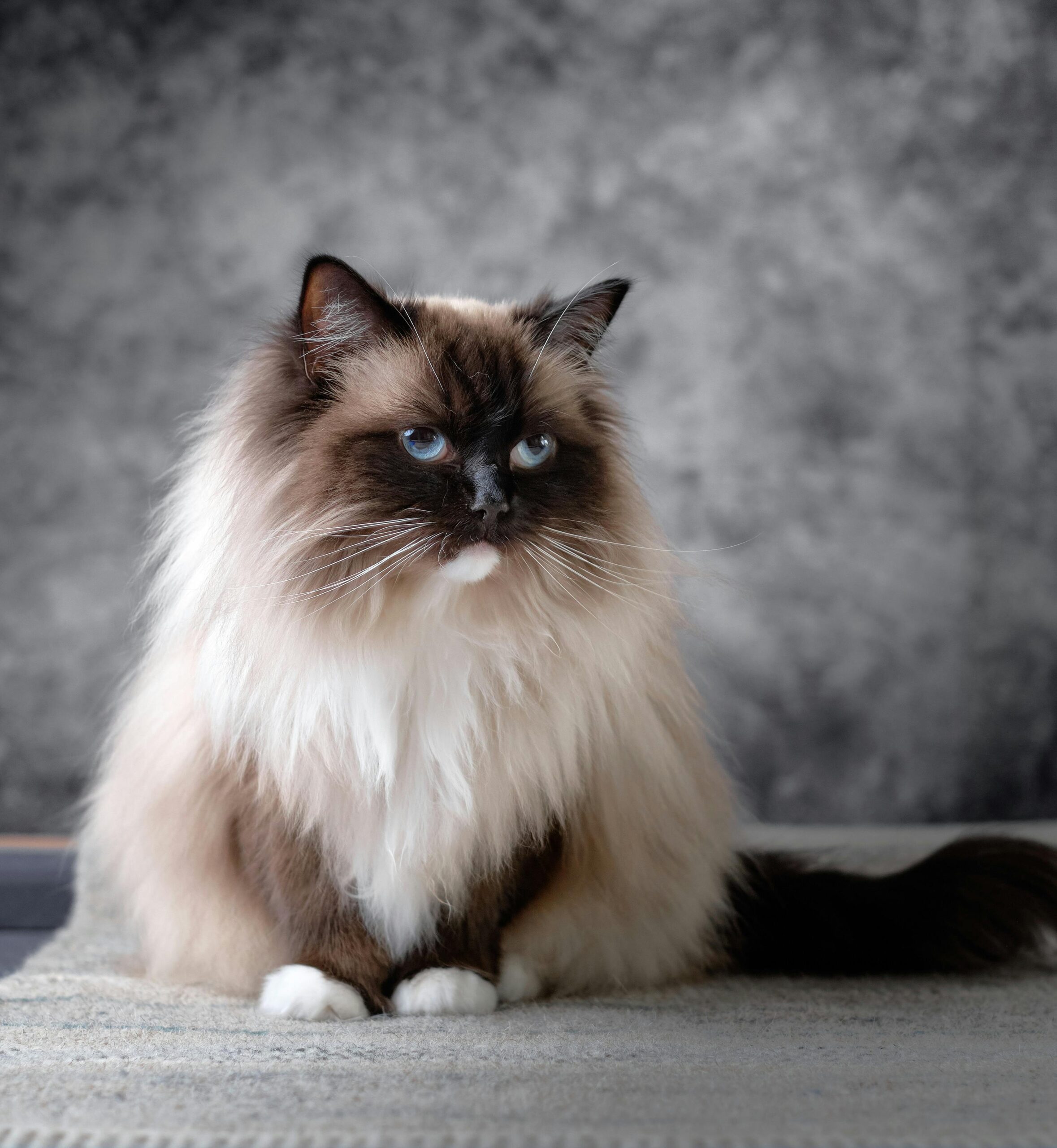
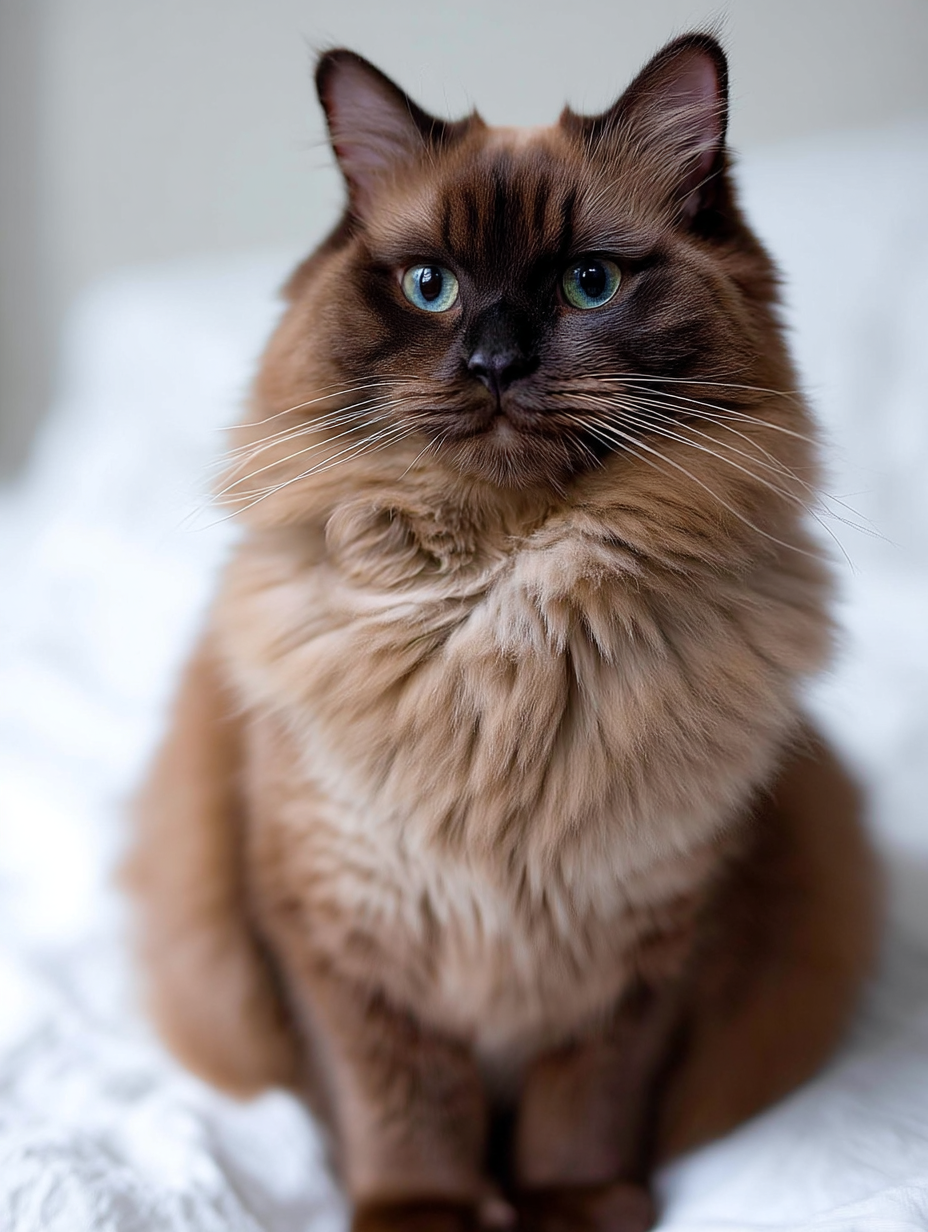
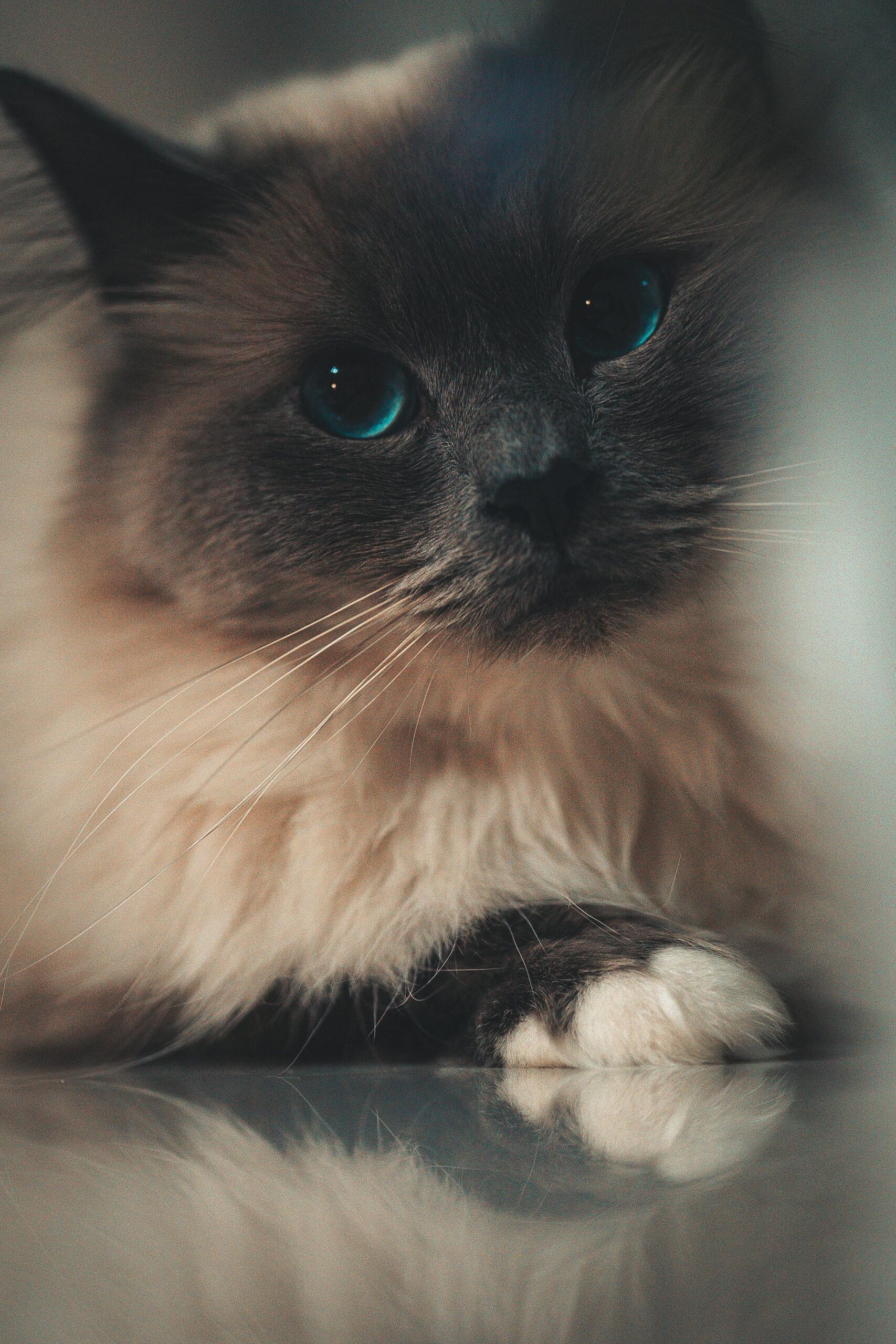
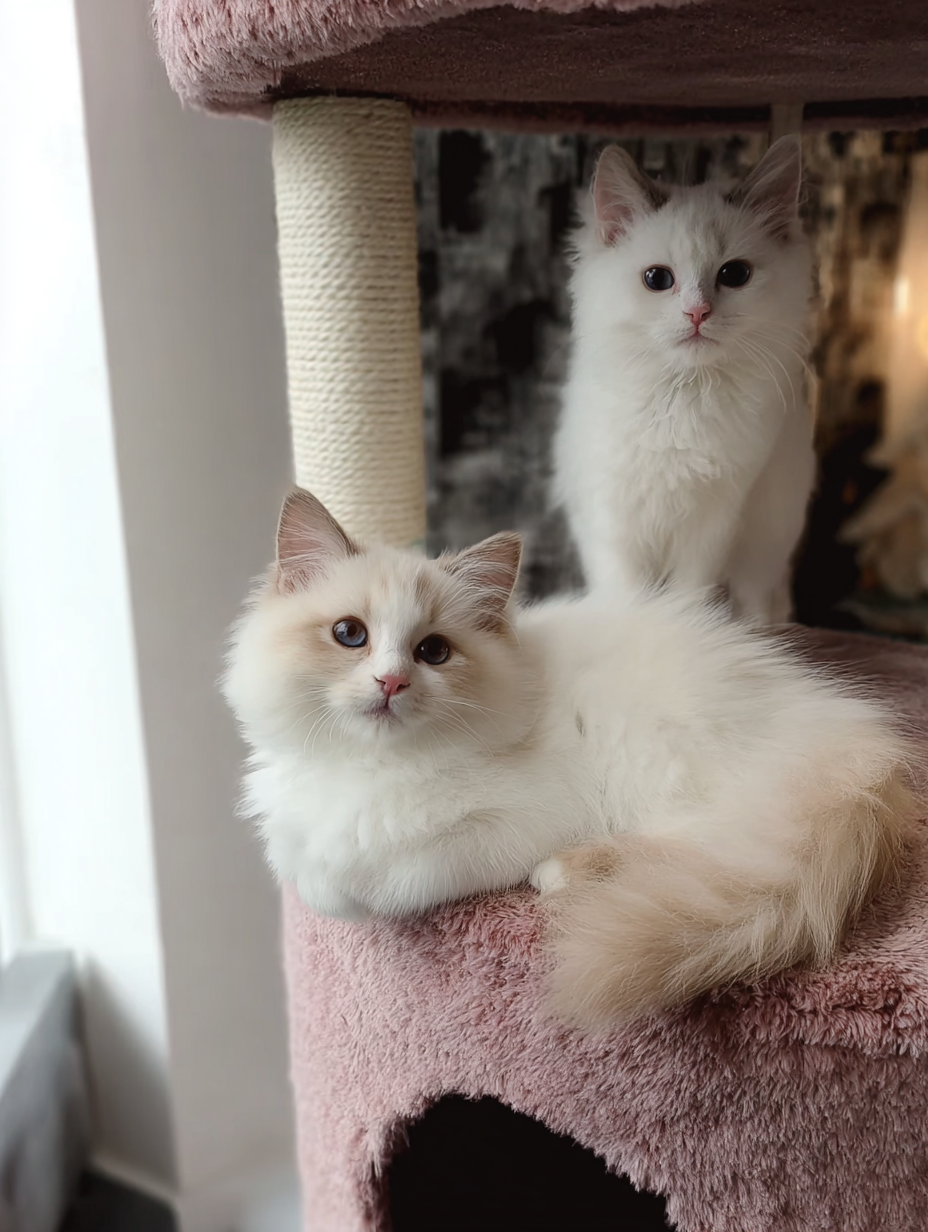
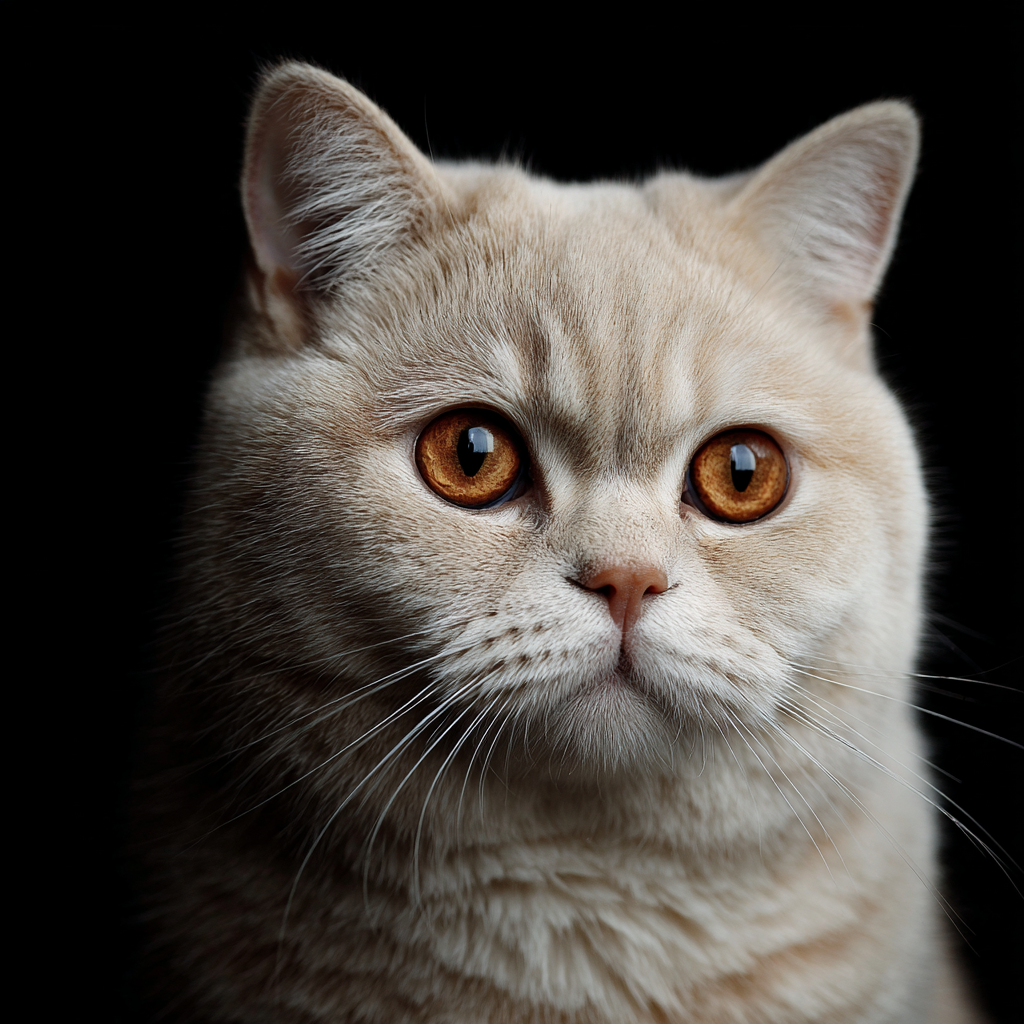
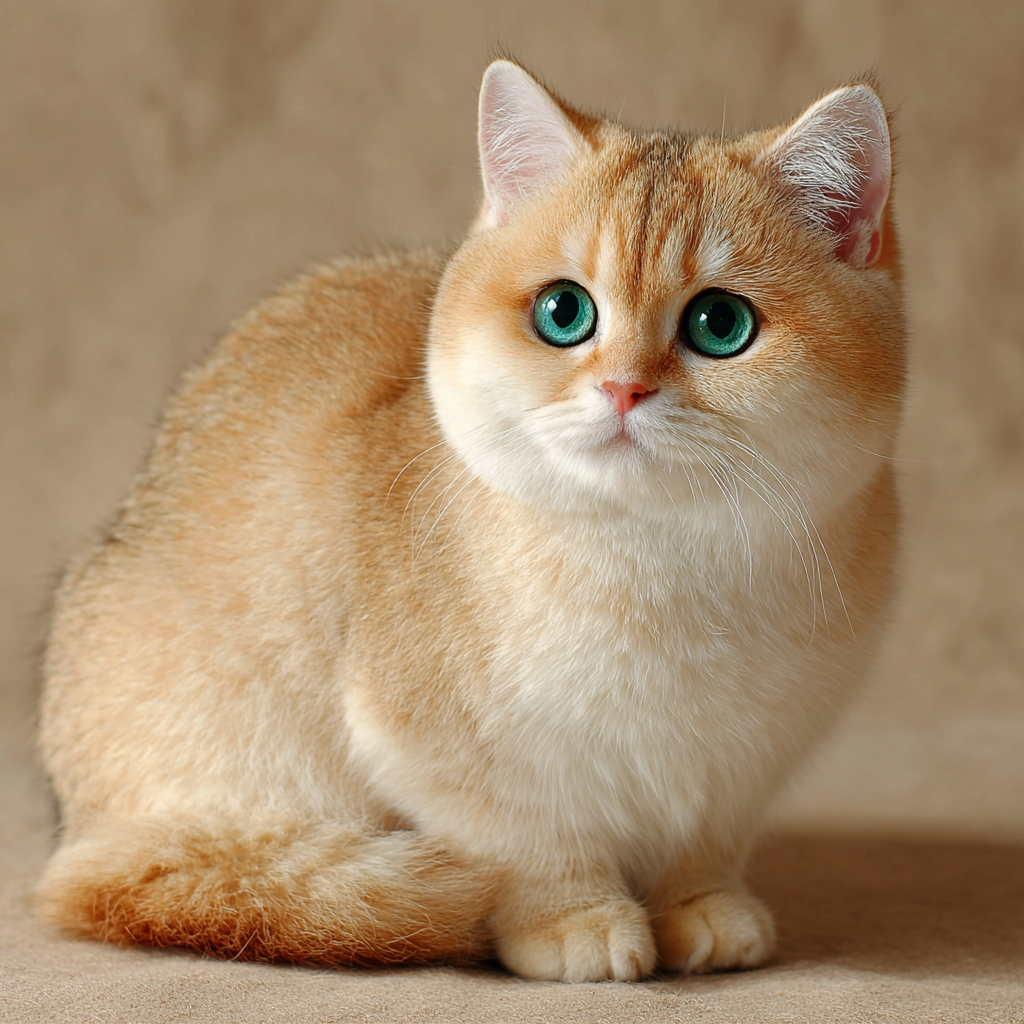
Read the Comments +